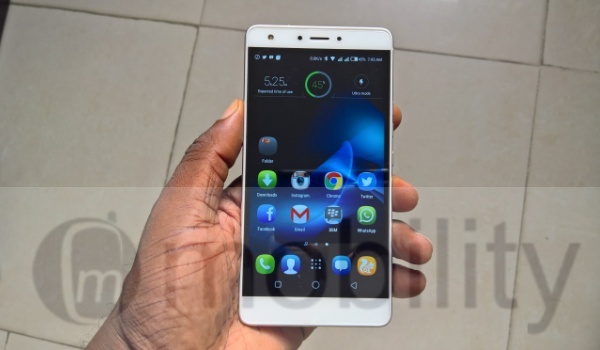Different Countries; Different Frequencies
Different countries use different mobile frequencies for GSM, 3G, 4G, and 5G services. One country may use a particular frequency that another country does not use. Among other reasons, this is why each country’s regulatory authorities have to approve devices for sale in their countries. That a phone is not locked to one network does not mean it is compatible with all networks everywhere. This is because different countries adopt different frequencies for their telecommunications services.
Your unlocked phone will not work in every country because phones support different frequencies
You will hardly ever find one smartphone that supports all GSM frequencies used in all countries around the world. For example, with GSM alone, there are 14 GSM frequency bands or cellular frequencies designated by the ITU for the operation of GSM mobile phones. There are even more frequencies for 3G and much more for 4G. The big smartphone manufacturers are able to support more frequencies than smaller brands are. Even then, they are unable to support ALL frequencies in one phone. In some cases, to cover all countries, the manufacturer makes two or more variants of the same phone. Variant A will work in some countries but not in some others. Variant b will work in countries not supported by Variant A. PS: When next you complain about the higher cost of the bigger brands, this is one of the reasons behind it: their devices are compatible with a wider range of frequencies than devices by the smaller, often cheaper brands. Here is a breakdown of the kind of differences to expect:
GSM: The average budget smartphone brand supports 2 GSM frequencies (900 and 1800) while bigger brands support up to 4.3G UMTS/WCDMA: The average budget smartphone brand supports 2 3G frequencies while bigger brands support up to 5.4G LTE: The average budget smartphone brand supports 3 to 4 4G LTE frequencies while bigger brands may support up to 20.
An Example
For example, in the United States of America, GSM operates on the primary mobile communication bands 850 MHz and 1900 MHz. In Nigeria, the supported GSM frequencies are 900 MHz and 1800 MHz. See the difference? The implication is that a smartphone that supports only bands 900 and 1800 will be usable in Nigeria but useless in the US. The complaint that inspired this article was about the TECNO Boom J8. The Boom J8 supports GSM 900 and 1800 MHz frequencies, which are not used by mobile networks in the USA. As such, there is nothing wrong with the phone. TECNO does not need to fix anything in the J8 (with respect to this particular complaint).
Your Responsibility, As A Consumer
If you do a lot of travelling, familiarize yourself with the wireless frequencies that those countries’ mobile networks use. Then, do your research before you buy a smartphone so that you end up with a smartphone that supports those frequencies. Or buy a backup smartphone that supports them. Read up specifications sheets about phones you are interested in. Here is what to look for when you read a specifications sheet on Mobility Arena: In the above image, the red arrow points to the GSM frequencies that the phone supports. The blue spells out 3G (UMTS/WCDMA) frequencies, while the green arrow spells out the 4G frequencies. With the arrival of 5G technology, the same principle applies. There are different frequencies adopted by different countries, and your 5G phone has to support the ones used in the country you are visiting for you to enjoy 5G service there. Now you know what to look out for in order to make informed choices about what mobile phones to buy if you travel from country to country on a regular basis. Do not forget: buying an unlocked phone does not mean that it will work all over the world.
Don’t miss our reviews.Join our WhatsApp Group, to be notified of the most important articles and deals,Follow us on Instagram, Facebook, Twitter, and YouTube.
